Today
Today, the Clermont-Ferrand Short Film Festival is the world's largest film festival dedicated to short films. In term of audience and professional presence, it is the second largest film festival in France after Cannes.
The festival is at the heart of many activities and missions conducted all year long by the collective Sauve qui peut le court métrage. The association employs 18 permanents, all based in Auvergne, where a whole dynamic around cinema has been created.
The 2020 edition recorded more than 172,566 entries and welcomed more than 3,600 professionals.
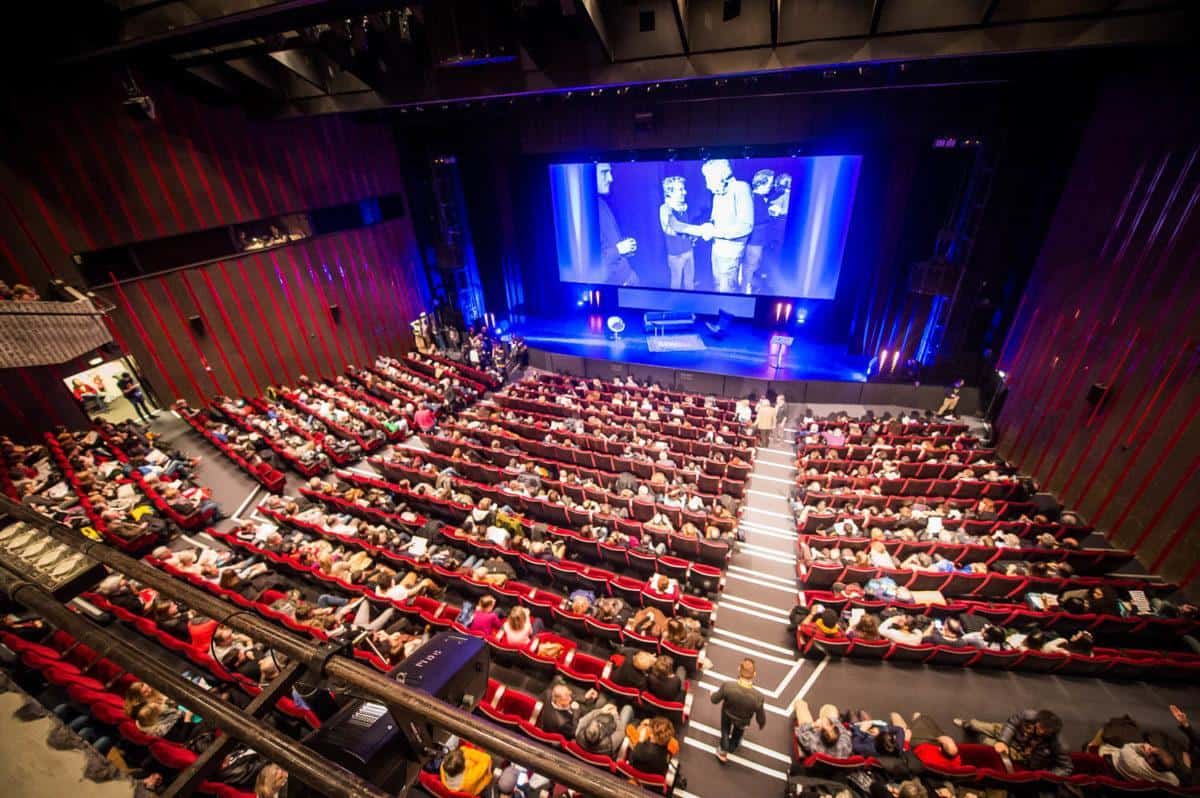
2008
After hosting over two million spectators, thousands of films, hundreds of filmmakers, eleven French Culture Ministers, eight general managers of the French Film Centre, the Clermont-Ferrand Short Film Festival celebrated 30 years of an unrivalled enthusiasm for shorts.

2004
Creation of the Atelier , an ephemeral film school, in collaboration with the National School of Architecture of Clermont-Ferrand. This structure hosts several schools in the cinema branch during the festival week. A real place of transmission : students from different schools are invited to present their creations and their know-how to visitors with a focus on moments of sharing and discovery. In 2016, the Atelier moved to the Clermont-Ferrand Business School and counted more than 2,000 spectators.

2002
And there was Lab… With the arrival of digital technology, the festival opened to films on video. The introduction of a new competition dedicated to digital creation marked a first step in this direction. Yet the programming of films according to their original format was rapidly discarded. And soon, all competitions accepted professional video formats. The 5 new programmes on offer quickly became the Lab Competition, where the festival public can discover works combining various genres, techniques and artistic backgrounds. The Lab has become an established feature of the festival and has influenced similar sections in several international festivals.
Mai 2000
The association moved into "La Jetée", a building named after Chris Marker's short film. "La Jetée" is home to the offices of "Sauve qui peut le court métrage", the Auvergne Film Commission and a unique Resource Centre dedicated to short films.
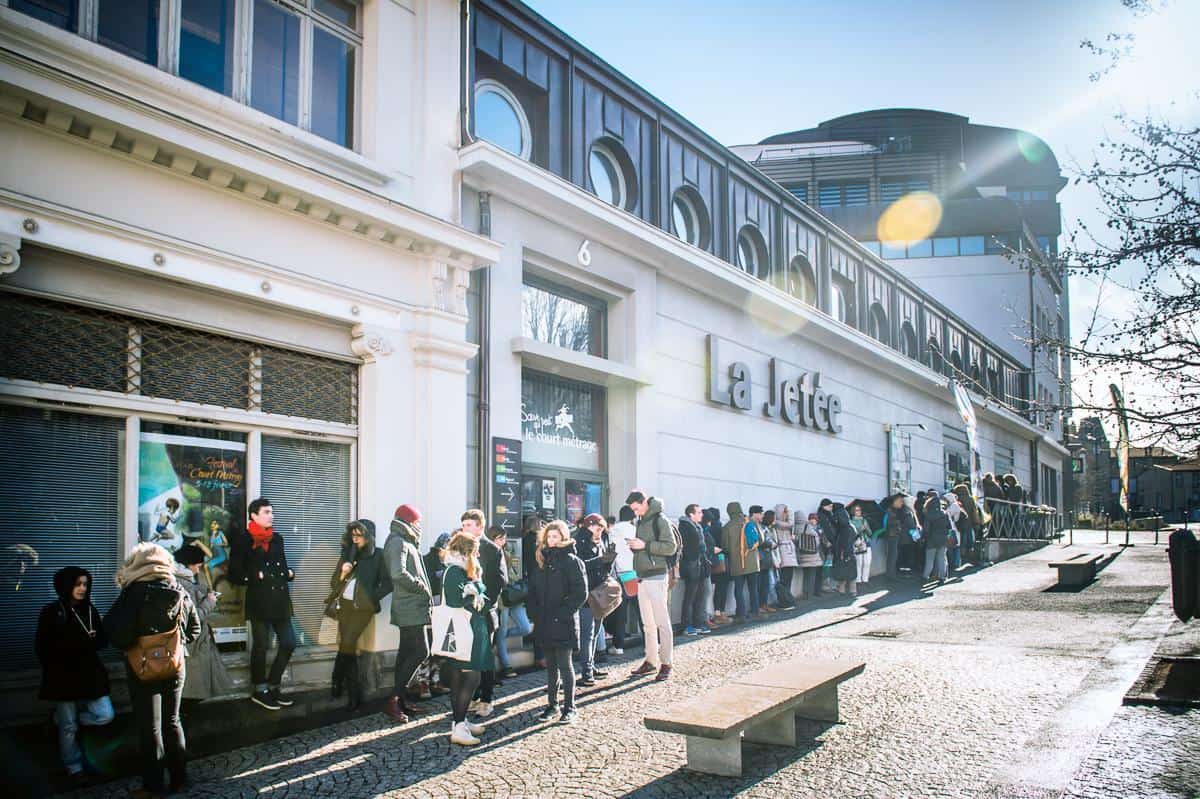
1997
The Auvergne Film Commission was born. A branch of "Sauve qui peut le court métrage", the Auvergne Film Commission offers free services to any production wishing to shoot in the region, and helps to facilitate the work of the film crews and provide them with information on local resources, services and professionals.
1995
100,000 spectators attended the Festival to celebrate the first century of cinema with a programme that once again testified to the vitality and creativity of generations of film makers.
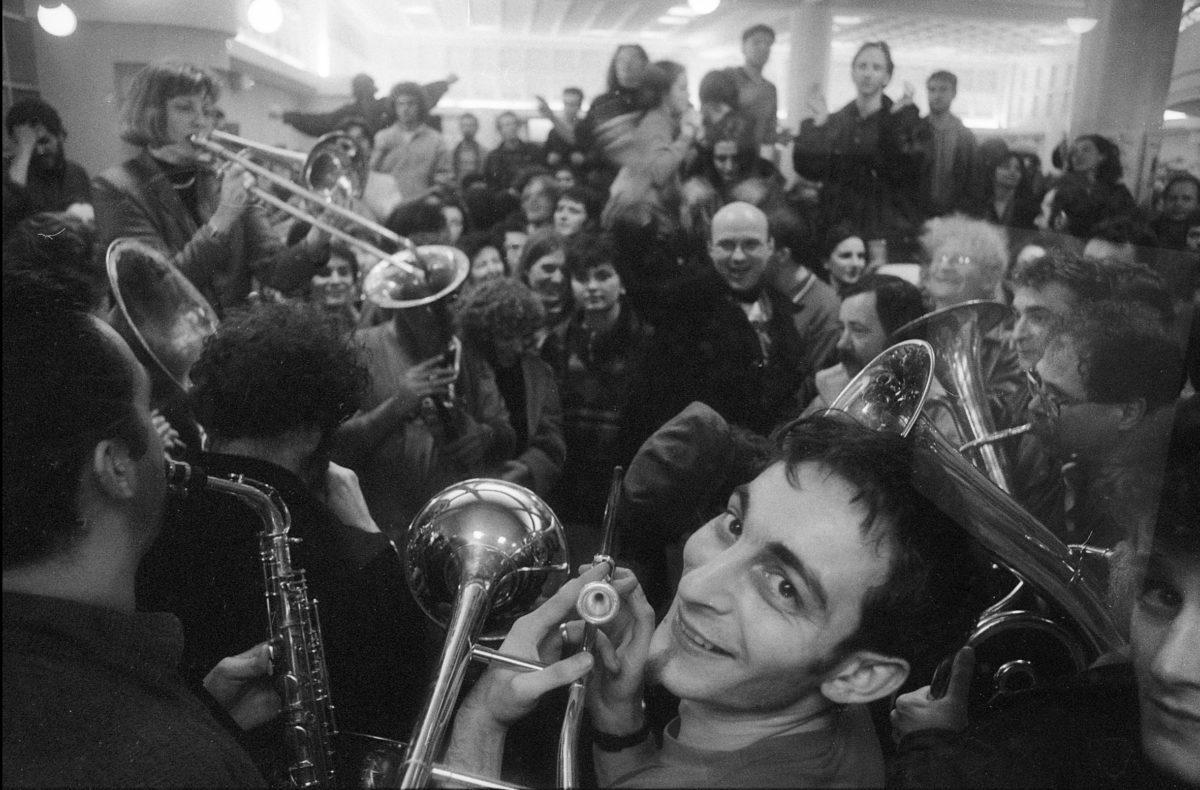
1988
The 1st International Festival was presented, alongside the 10th National Festival, thus contributing to establish Clermont-Ferrand as the major international platform for short films. In 1989, the Festival attracted 28,000 spectators.
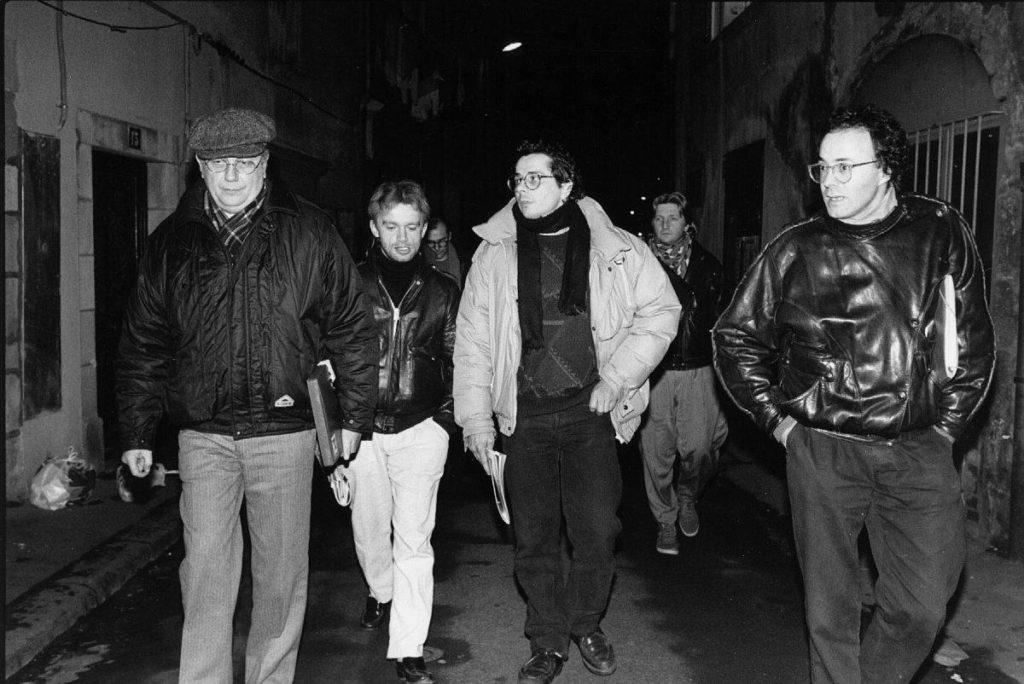
En 1986
Due to the growing interest of the industry, the first Clermont-Ferrand Short Film Market was organised, with the support of the Festival's historical institutional partners and the European Union. The determination to raise the economic profile of the short film production has been confirmed by the ever-growing number of French and foreign television buyers, distributors and festival programmers who have attended the Short Film Market to make their selections. Many international agencies and organisations working with short films have also become regular attendees.
Faced with the ever-growing interest of professionals for the event, with the support of historical institutional partners and the European Union, the first Short Film Market is organized. This desire to put the short film in an economic environment will be confirmed later, as the number of national and international television stations (main buyers), national and international festivals who come to make their selection at the Short Film Market and various organizations interested in short films have since increased.
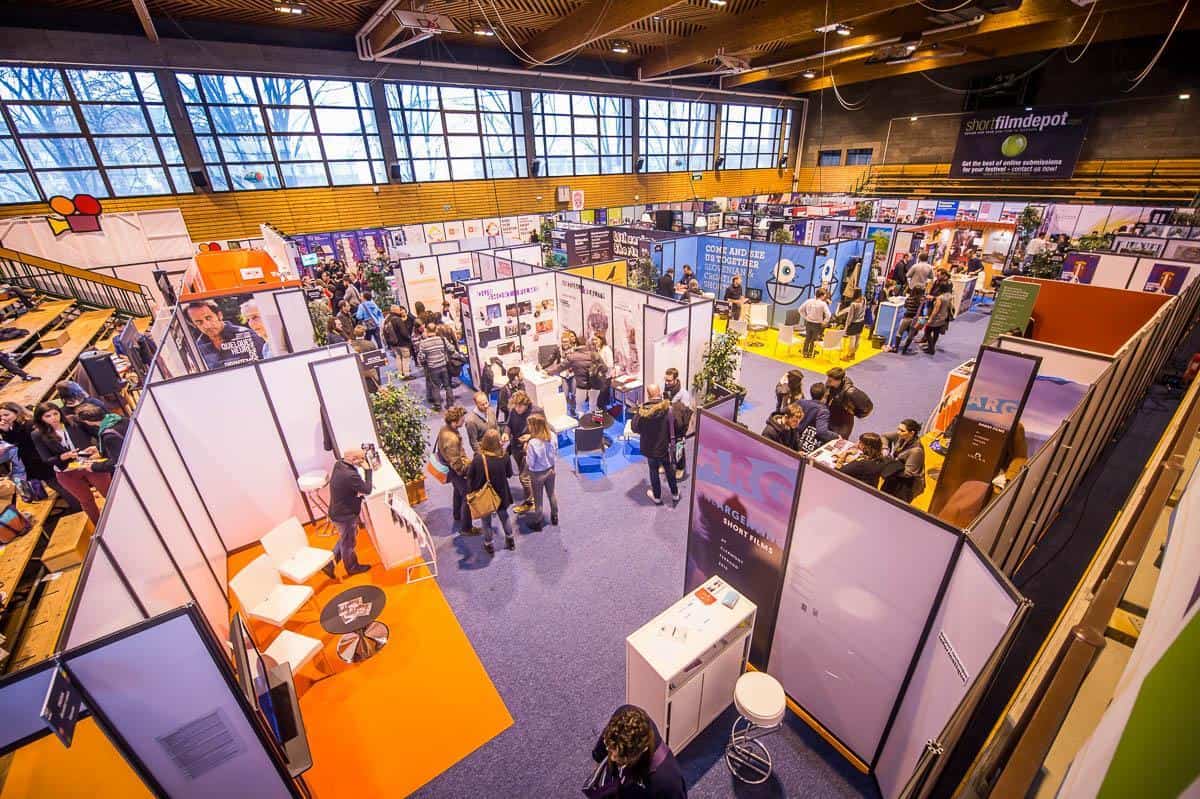
Début 1985
A permanent staff of 4 people moved into a small place which they used as their offices and projection room. The audience grew regularly along the years. As the event got bigger, more financial support was secured, and more permanent and temporary staff were needed.
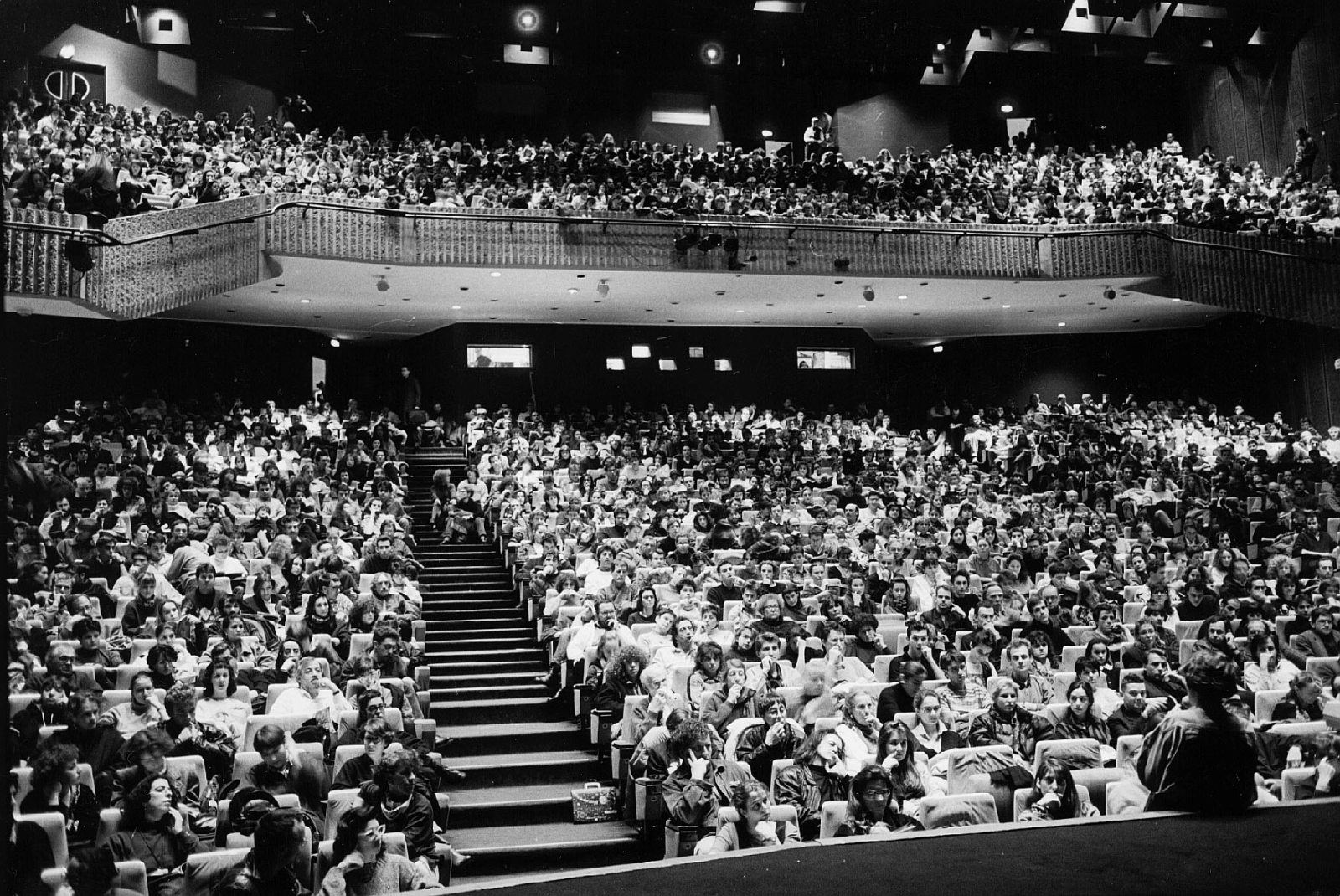
1982
The Festival became competitive with a jury attributing awards to films selected from the recent French short film production. International films were shown in special programmes highlighting a particular theme, genre, country or region of the world. The audience was also presented with tributes to the great short film makers of the past and present. The organisation depended mostly on the passion and determination of a voluntary staff.
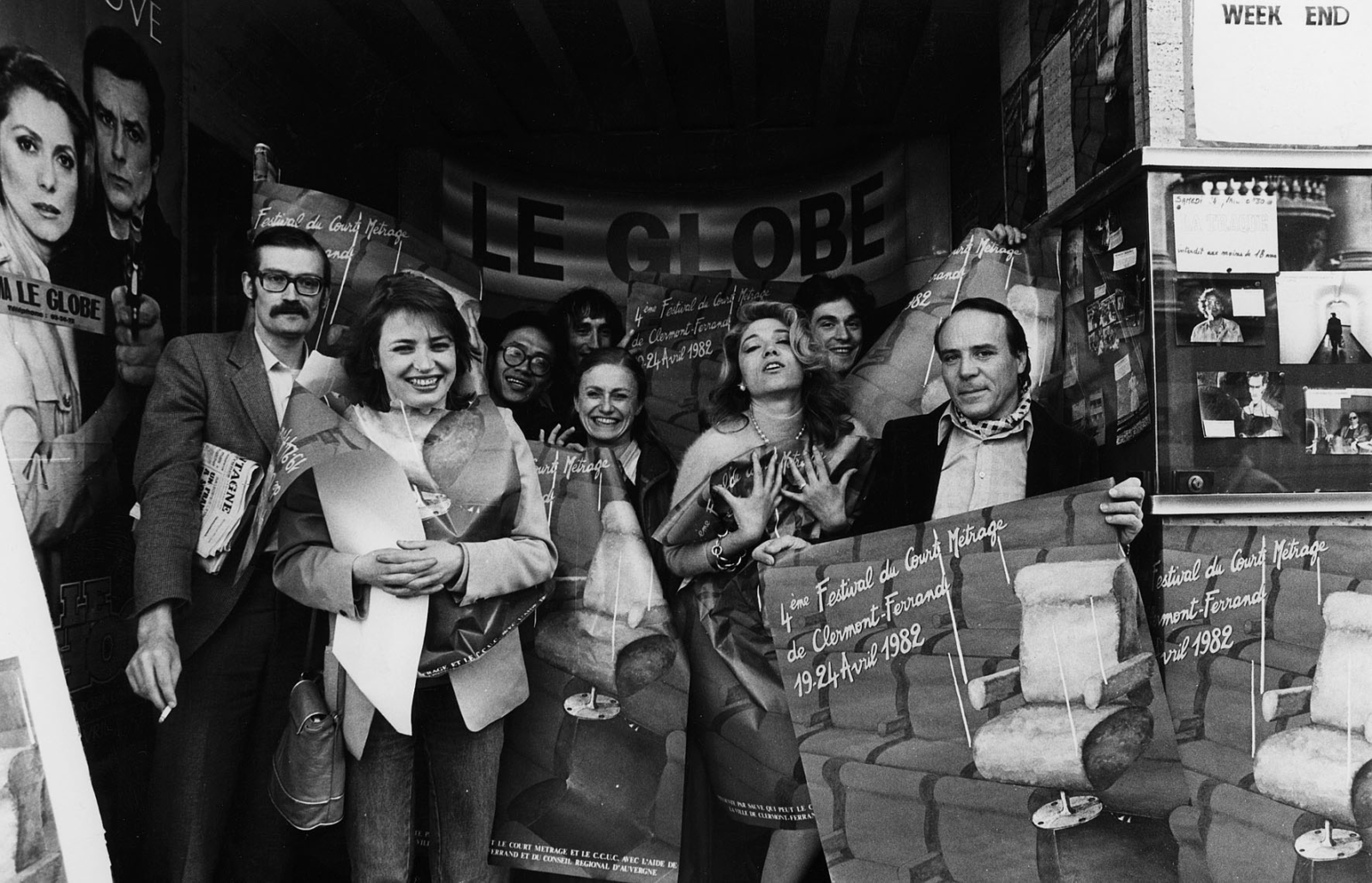
4th August 1981
The Clermont-Ferrand International Short Film Festival is organised by Sauve qui peut le court métrage (roughly translatable as "Short Film: S.O.S!"), a registered association which was created on 4th August 1981 out of the need to set up a major event around short films.
In 1979, a Short Film Week was organised by the Clermont-Ferrand University Film Society. This event was repeated in 1980 and 1981, was enthusiastically received by the audience and responded to the expectations of many professionals.
Members of the film society then created "Sauve qui peut le court métrage" in order to develop their project into a genuine Festival. A registered non-profit organisation, "Sauve qui peut le court métrage" gradually obtained support from the City of Clermont-Ferrand, the Puy-de-Dôme District, the Auvergne Region, the Ministry of Culture, the Ministry of Youth and Sports, Foreign Affairs, the French Film Centre and the Regional Arts Council.













































